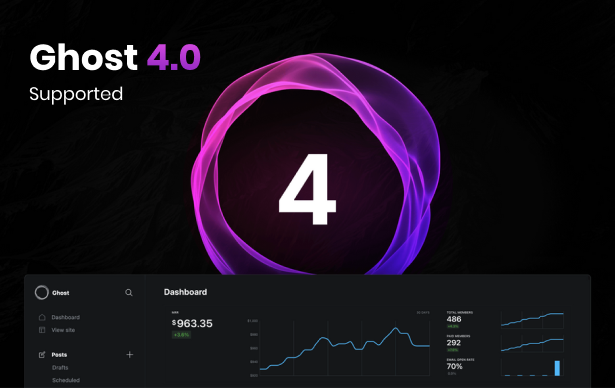One of the biggest SEO mistakes I’ve seen people make over the years is getting fixated on keywords and forgetting about the quality of the content they’re writing (or paying someone else to write). When I first started building websites in the late 90’s, content quality didn’t matter and there was actually a time where you could outrank someone by just repeating the same word more times than them at the bottom of your site.
Fast forward to 2021 and a lot has changed, especially at Google where ranking sites based on quality and relevance is at their core. There’s a lot of outdated SEO articles out there talking about keyword stuffing and sharing advice that might have worked years ago, but now, could backfire and actually do more harm than good.
What I’m talking about here is “think content” and here’s the skinny on what that means:

Surely you’ve seen the term “thin content” – digital marketing speak for content that provides little to no value – in your online travels.
Lacking in quality and resolving nothing for the reader, thin content leaves searchers hungry for more.
With too many content strategies lacking a long-term focus and thousands of $10-a-page copywriters running rampant around the web, thin content is the equivalent of the flu in digital marketing today. It sucks, and it spreads fast.
Most of it doesn’t relate to the user’s intent, or what initially brought the searcher to the particular page.
It’s not harmless, either. Publishing thin content on your website can damage your brand’s image, prevent readers from taking action, and cause search engines to lose trust in your brand.(Source – Search Engine Journal)
I learned this lesson the hard way myself years ago, with something that’s actually mentioned in the article above. I discovered that I could find content writers on places like Upwork that could write an article about any topic for $10 – $15/article. It seemed too good to be true, and well, it was.
I launched a handful of sites all with content written by $10 content writers and well, not only did it not rank well but Google wouldn’t even let me run AdSense on the site. Like most things in life I learned, like so many others do, that if something seems to good to be true, it usually is.
The reality is, Google wants to do everything they can to make sure the people using their search engine, find sites with interesting content that they actually want to read. To achieve this goal Google uses both algorithms and real people to determine what content actually is written for a real person vs. what is written purely to rank well.
Recently there has been some confusion as Google announced they stopped penalizing sites for things like typos and grammar errors, and while that’s true, what’s often missed is that you can still rank lower without being penalized, and that’s exactly what happens to a lot of people trying to take shortcuts.
So how can you identify low-quality content? Well first things first – just read it yourself and ask yourself, is this something I would send a friend or family member to as a useful resource? If you’re embarrassed of the content, that’s a bad sign. SEMRush put together a solid list of ways you can identify low-quality content, go through this if you think you might be missing the mark:

Content is not original or unique.
The page does not satisfactorily answer the user’s query.
Information is not backed up by relevant and authoritative sources.
Word count is too low with lots of boilerplate content.
There are numerous grammatical errors.
The language used is tough to understand.
The page is just a copy of an idea already present on the internet. (Source – SEMRush)
Like the saying goes, “Content is king,” but it’s important to remember that not all content is good for SEO. My biggest advice to anyone that is trying to put together a content strategy is – read the content yourself, have a friend or family member read it, and make sure you really feel like it’s something useful to a random person who finds your site. If the answer is no, don’t worry, just know you might need to either spend a bit more time or money to get it right.




